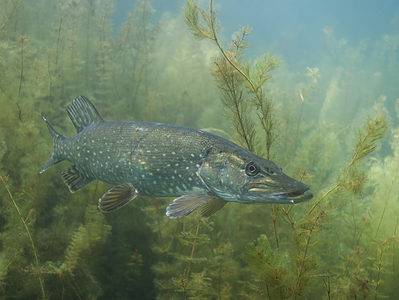- National Animal of Iceland: Gyrfalcon
- Approximate Number of Animal Species in Iceland (Excluding Insects, Bacteria, Viruses, Invertebrates): 675
- Most Dangerous Animal in Iceland: Arctic Terns
Below you’ll find a complete list of Icelandic animals — with pictures. We currently track 178 animals in Iceland and add more daily — so check back often!
Iceland Geography
A volcanic outcrop shaped by wind and water erosion, isolated Iceland sits between the northern Atlantic Ocean and the Norwegian Sea. The country is about the size of Kentucky and contains several ecological features, including highlands, lava fields, tundras, coastal plains, lakes, and fast-flowing rivers. Off the north, east, and west coasts, dozens of islets form a natural maze of breathtaking fjords.
Despite its topographic splendor, Iceland’s remote location limits its biodiversity. But the animals that do inhabit the picturesque landscape rank among the most iconic and fascinating.
Iceland Animals
Iceland is home to about 28 mammal and 270 marine species. Seventy-two bird species breed on the island, and 378 spend time in the region yearly. According to reports, scientists have spotted about 1,245 insect species, but many holes remain in Iceland’s arthropodic research.
As for reptiles and amphibians, Iceland has none.
Iceland Mammals
In the popular imagination, reindeer are iconically Icelandic. But in reality, the animals aren’t natives. Norwegians brought the majestic bucks and fawns over in the 1700s for herding purposes. Today, they mainly live in the wild. Humans also introduced minks and several mice species to the region.
Polar bears are another source of Icelandic wildlife apocrypha. Yes, the white bears sometimes land on the island, but they’re not endemic to the area. Occasionally, a polar bear will find itself on an ice drift traveling from Greenland — but most are shot upon arrival for public safety reasons. In fact, Iceland’s only native land mammal is the Arctic fox.
What’s the one mammal you’ll see everywhere in Iceland? Sheep!
Iceland Birds
Iceland enjoys a diaspora of avifauna, and several notable species spend time on the island. According to the 2016 Icelandic Birding Pages’ count, researchers have confirmed 378 species. Since then, eBird members have added 22.
Despite being endangered internationally, Atlantic puffins — the eye-catching flyers with cubist faces — are plentiful. Also, half the world’s great skuas breed in the region.
Common Icelandic birds include sandpipers, ducks, ospreys, New World warblers, larks, and storks.
It’s a rarity to see “perching birds” in Iceland. A lack of insects makes the region inhospitable to the three-toed flyers.
Iceland Fish and Marine Species
Atlantic salmon, brown trout, Arctic char, and European eels boast healthy Icelandic populations. The country’s main commercial fishing catches are cod, herring, haddock, capelin, sea perch, and blue whiting.
Icelandic waters and coasts host a variety of marine mammals. Harbor seals and grey seals breed on the country’s beaches. Plus, over 20 species of whales, dolphins, and porpoises inhabit the surrounding waters.
Iceland Insects
There are no bugs in Iceland! It’s a common belief, but it’s wrong. Sure, Iceland isn’t Australia, with its estimated 250,000 bug species. But researchers have observed over 1,000 insects on the Nordic isle.
One of the more pervasive Icelandic insects is the midge. There’s even a lake named after them — Mývatn (“Midge Lake”) — and two species of the flying gnat “summer” on the island. Lake midges are the harmless strain; they never bite but do swarm. Conversely, black flies, the other midge subspecies, bite — but their nibbles are more annoying than painful.
Additionally, dozens of moths and butterflies help keep the Icelandic ecosystem balanced.
Iceland’s Endangered and Expatriated Animals
Are there endangered animals in Iceland? Yes.
Of Iceland’s approximate 675 mammals, birds, and marine species, about 28 of them land on a regional, federal, or international endangered species list. Examples include Atlantic puffins, Beluga whales, narwhals, and hooded seals.
Does Iceland have any expatriated species? Yes. Before humans arrived, walruses occupied the country’s coastal regions. However, they moved on once humans landed.
National Animal of Iceland
Widely praised as the most attractive falcon, gyrfalcons sport downy white feathers punctuated with gray and black. Gyrfalcons are also the largest falcon species and have 4-foot wingspans. The bird of prey eats fish and small mammals but presents no danger to humans.
Icelanders appreciate gyrfalcons’ beauty and hunting abilities, and the species has long been important to the island’s native peoples.
Most Dangerous Animals in Iceland
In Iceland, the weather is more likely to harm you than any resident animal. Rogue polar bears that float over on ice barges from Greenland have lethal power. However, wildlife rangers usually euthanize them to protect the public.
In terms of dangerous animals in Iceland, that leaves the Arctic terns, a sleek migratory bird. If you bother their nests, Arctic terns may aggressively peck at you. Annoying? Yes. Fatal? Not a chance.
Spiders Found in Iceland
None of the spiders in Iceland have potent venom, so there shouldn’t be any worry about fatal injury from one. If you have any allergies to spiders or their bites, that might be a different story; however, for most, there are no concerns.
The largest spider in Iceland is the European garden spider. It is an orbweaver spider — several of which live in Iceland — meaning it weaves its webs into the shape of an orb. Other strange species of spider in Iceland include the barn funnel weaver, which weaves its webs in funnels and hides in them, making them a rare sight; as well as the common stretch spider, a long-jawed spider with legs that stretch out in front of their bodies.
As fascinating as many of its spider species are, again, none are dangerous to humans, and are ultimately harmless.
The Flag of Iceland
The flag of Iceland consists of red, blue, and white colors, with a Scandinavian cross taking up the center of the flag. This cross signifies that the flag aligns with other Nordic flags.
Icelandic Animals

Admiral Butterfly
Stunningly beautiful wings

Ant
First evolved 100 million years ago!
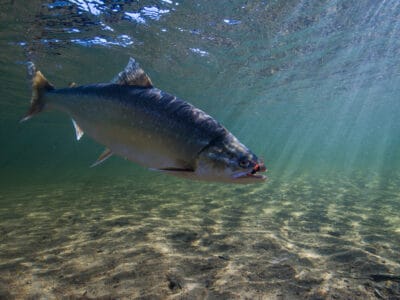
Arctic Char
Arctic char is the northern-most fish; no other fish lives anywhere further north!
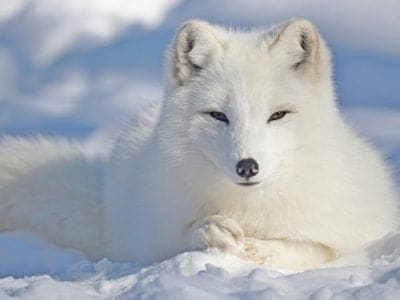
Arctic Fox
Extremely thick winter fur!

Armyworm
They are so named because they "march" in armies of worms from one crop to another in search of food
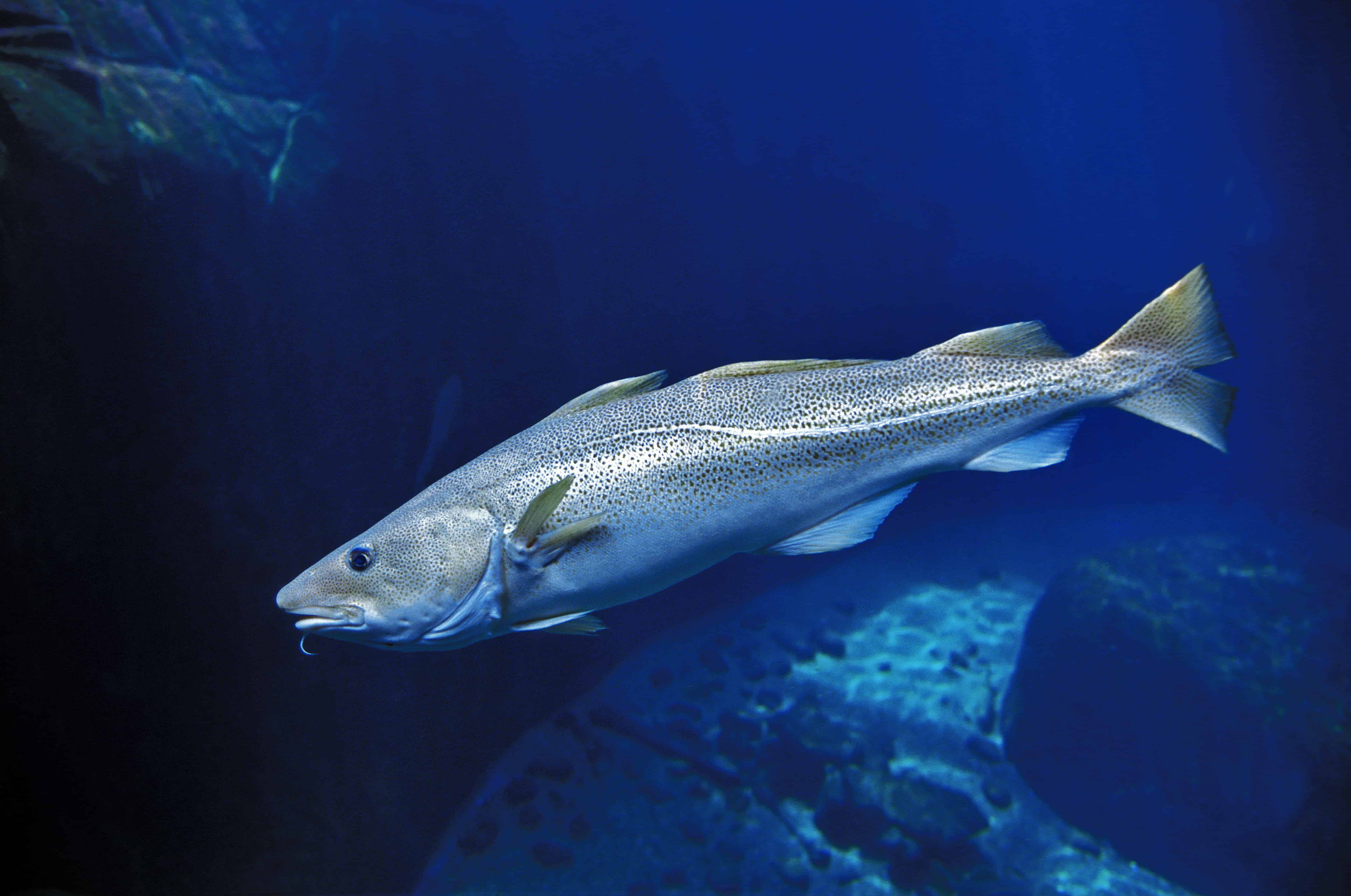
Atlantic Cod
One of the most popular food fishes in the world

Aurochs
Extinct ancestor of all domesticated cattle!
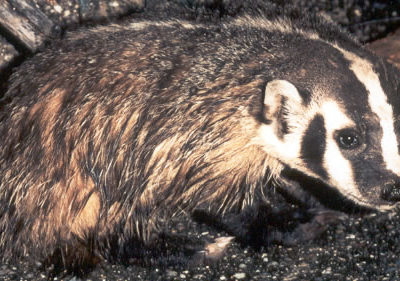
Badger
Can reach speeds of 30 km/h!

Barn Owl
Found everywhere around the world!

Bat
Detects prey using echolocation!

Bed Bugs
Bed bugs feed for 4-12 minutes.

Bee
Rock paintings of bees date back 15,000 years

Beetle
There are more than 350,000 different species

Bird
Not all birds are able to fly!

Biscuit Beetle
The biscuit beetle form a symbiotic relationship with yeast

Black Widow Spider
They typically prey on insects!

Brown Dog Tick
Can live its entire life indoors

Bumblebee
The most common species of bee!

Butterfly
There are thought to be up 17,500 species!

Camel Cricket
The camel crickets that are found in the USA are light brown in color. They also have dark streaks all over their body.

Caribou
Males and females grow antlers

Cat
May have been domesticated up to 10,000 years ago.

Caterpillar
The larvae of a moth or butterfly!

Catfish
There are nearly 3,000 different species!

Centipede
There are about 3,000 documented species!

Chamois
Natively found in the European mountains!

Chicken
First domesticated more than 10,000 years ago!

Cockroach
Dated to be around 300 million years old!

Codling Moth
Pupae are able to undergo diapause to survive poor fruit yield years and winter.

Common Buzzard
The most common raptor in the UK!

Common Furniture Beetle
The common furniture beetle feeds exclusively on wood

Common House Spider
House spiders have the ability to eat most insects in a home.
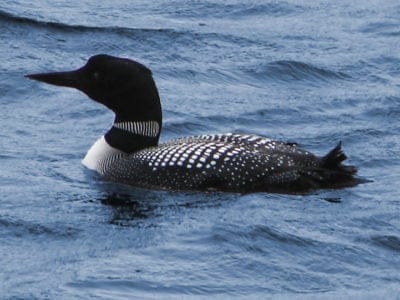
Common Loon
Also known as the Great Northern Diver

Cormorant
They can fly 35 mph and dive 150 feet below water.

Cow
There are nearly 1.5 billion worldwide!

Crab
There are 93 different crab groups

Crab Spider
Crab Spiders can mimic ants or bird droppings

Crane
Many are critically endangered species!

Deer
There are around 40 different species!

Dog
First domesticated in South-East Asia!

Dog Tick
Dog ticks feed on dogs and other mammals

Donkey
First domesticated 5,000 years ago!

Dragonfly
It's larvae are carnivorous!

Duck
Rows of tiny plates line their teeth!

Eagle
Has exceptional eyesight!

Earthworm
They are hermaphrodites, which means they have male and female organs

Earwig
There are nearly 2,000 different species!

Edible Frog
Are known to guard the muddy banks!

Eel
Eels can be a mere few inches long to 13 feet!
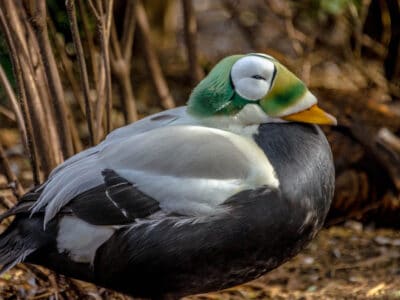
Eider
Eiders are sexually dimorphic, with males being larger and more colorful.
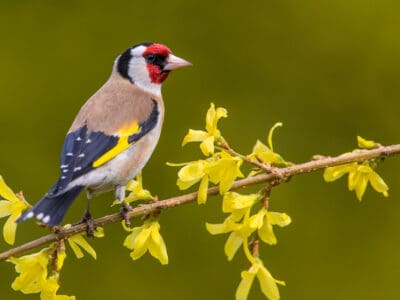
European Goldfinch
They are frequent visitors to backyard feeders, especially those containing niger seeds.

Falcon
The fastest creatures on the planet!
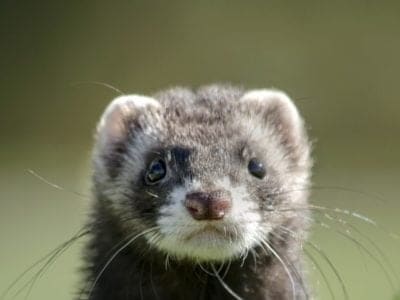
Ferret
Ferrets can be trained to do tricks like dogs!

Firefly
The firefly produces some of the most efficient light in the world

Flea
Adult fleas can jump up to 7 inches in the air

Fly
There are more than 240,000 different species!

Flying Squirrel
Can glide up to 90 meters!

Fox
Only 12 species are considered "true foxes"

Frog
There are around 7,000 different species!

Fruit Fly
Fruit flies are among the most common research animals in the world

German Cockroach
The most common type of urban roach
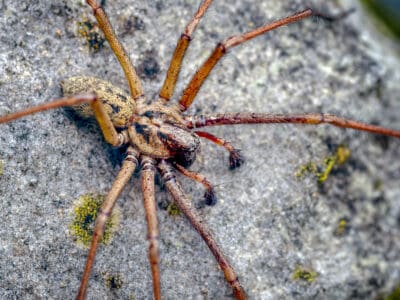
Giant House Spider
They are the fastest invertebrates in the U.K.

Glass Lizard
Can grow up to 4ft long!

Glowworm
Found inhabiting dense woodland and caves!

Goat
Most closely related to the Sheep!

Golden Oriole
Migrates between Europe and Asia!

Goose
There are 29 different species!

Grasshopper
There are 11,000 known species!

Gypsy Moth
One of the most invasive species in the world

Hamster
Able to run as quickly backwards as forwards!

Harbor Porpoise
Surprisingly, not a dolphin!

Hare
Can reach speeds of over 50 mph!

Hawk Moth Caterpillar
Many hawk moth caterpillars eat toxins from plants, but don’t sequester them the way milkweed butterflies do. Most toxins are excreted.

Hedgehog
Thought to be one of the oldest mammals on Earth!

Heron
Inhabits wetlands around the world!

Highland Cattle
Natively found in the Scottish Highlands!

Honey Bee
There are only 8 recognized species!

Hoopoe
Stunning bird with a stinky way to deter predators!

Horse
Has evolved over 50 million years!

Horsefly
Horseflies have been seen performing Immelmann turns, much like fighter jets.

Housefly
The fly has no teeth

Human
Thought to have orignated 200,000 years ago!
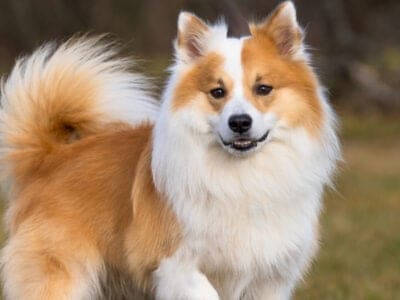
Icelandic Sheepdog
The Icelandic Sheepdog is the only dog breed entirely native to Iceland.

Insects
There are an estimated 30 million species!

Jumping Spider
Some can jump 50 times the length of their bodies
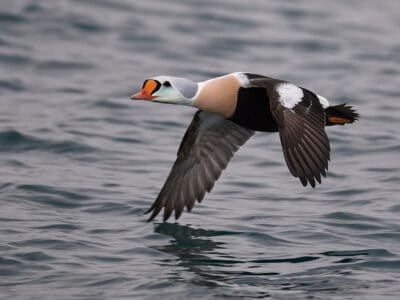
King Eider
The species name, spectabilis, is Latin for “showy” or “remarkable,” referencing the attractiveness of the adult male’s plumage.

Kingfisher
Inhabits wetlands and woodlands worldwide!

Ladybug
There are more than 5,000 species worldwide!

Leech
Has 10 pairs of eyes!

Lemming
Does not hibernate during the bitter Arctic winter!

Lizard
There are around 5,000 different species!

Long-Eared Owl
Ear tufts make it look bigger!
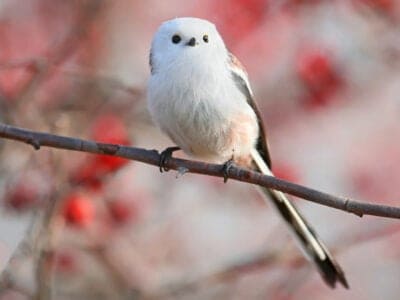
Long-Tailed Tit
Often hangs upside down while feeding!

Magpie
They are found across Europe, Asia and Africa!

Marsh Frog
Has bright green skin!

Mayfly
There are 2,500 known species worldwide!

Mealybug
They have a symbiotic relationship with ants.
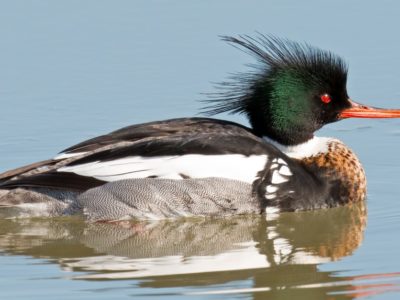
Merganser
They line their nests with their feathers

Millipede
Some species have a poisonous bite!

Mole
Primarily hunts and feeds on Earthworms!

Mongrel
Has characteristics of two or more breeds!

Moorhen
Feeds on aquatic insects and water-spiders!
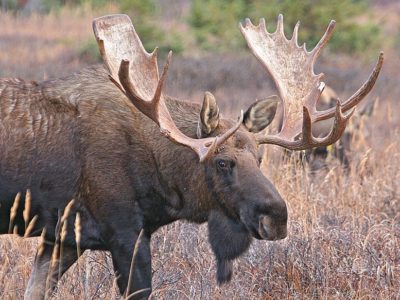
Moose
Renews it's enormous antlers every year!

Mosquito
Only the female mosquito actually sucks blood

Moth
There are 250,000 different species!

Mouse
Found on every continent on Earth!

Mule
The offspring of a horse and donkey parents!

Neanderthal
Roamed Asia and Europe for around 100,000 years!

Nematode
Nematodes range in size from 1/10 of an inch to 28 feet long

Newt
Able to regrow lost or damaged limbs!

Nightingale
Named more than 1,000 years ago!

Northern Pintail
Northern pintails migrate at night with speeds reaching 48 miles per hour!

Orb Weaver
Females are about four times the size of males

Osprey
They reuse nesting sites for 70 years!

Otter
There are 13 different species worldwide

Owl
The owl can rotate its head some 270 degrees

Pheasant
Females lay between 8 and 12 eggs per clutch!

Pig
Thought to have been domesticated in 9,000 BC!

Pigeon
They can find their way back to their nests from up to 1300 miles away.

Pika
Found in mountainous regions and rocky areas

Pond Skater
There are 500 different species!
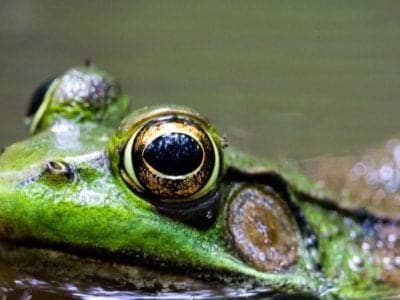
Pool Frog
The rarest amphibian in the UK!

Porcupine
There are 30 different species worldwide!
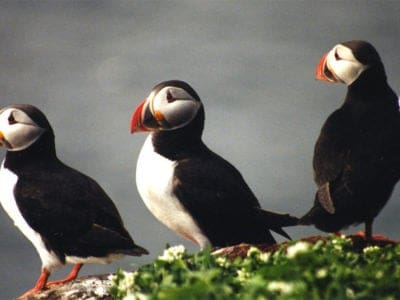
Puffin
Can remain in the water for up to 2 minutes!

Purple Emperor Butterfly
Inhabits deciduous forests!
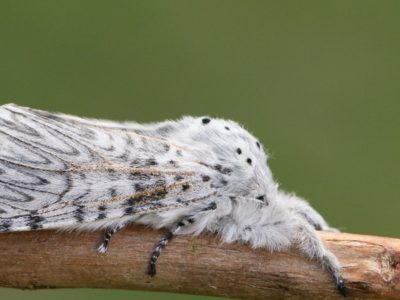
Puss Moth
Caterpillars squirt formic acid!

Quail
Inhabits woodland and forest areas worldwide!

Rabbit
There are more than 300 different species!
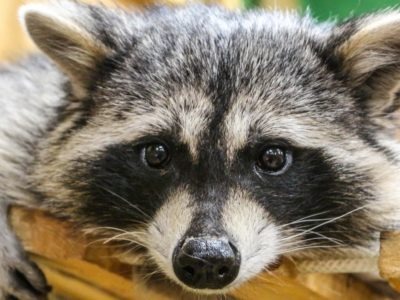
Raccoon
Known to wash their food before eating it!
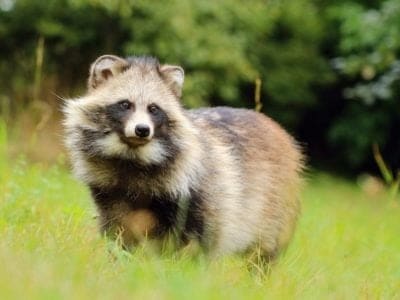
Raccoon Dog
The only hibernating canine!

Rat
Omnivores that eat anything!

Reindeer
Also known as the Caribou

River Turtle
Inhabits freshwater habitats around the world!

Robin
There are more than 45 species in Australia alone!

Rodents
The capybara, the world’s largest rodent, likes to be in and around bodies of water. Because of this, the Catholic Church in South America decided that it was a fish, and people were allowed to eat it during Lent and First Fridays.

Rooster
Will mate with the entire flock!

Salamander
There are more than 700 different species!

Sand Crab
The sand crab burrows beneath the sand with its tail

Scorpion
There are around 2,000 known species!

Sea Eagle
The sea eagle tends to mate for life with a single partner

Seahorse
Males give birth to up to 1,000 offspring!

Sheep
Around 35 million in the English countryside!

Short-Eared Owl
The short-eared owl is one of the most widespread owl species in the world, covering five continents.

Shrew
The spinal column of the shrew Scutisorex somereni is so strong and reinforced that it can support the weight of an adult human.

Shrimp
There are 2,000 different species worldwide!

Skink Lizard
Some skinks lay eggs in some habitats while giving birth to skinklets in other habitats.

Slow Worm
Found widely throughout British gardens!

Smokybrown Cockroach
Has up to 45 eggs per egg case

Snail
There are nearly 1,000 different species!

Snake
There are around 4,000 known species worldwide

Snowy Owl
One of the largest owl species in the world!
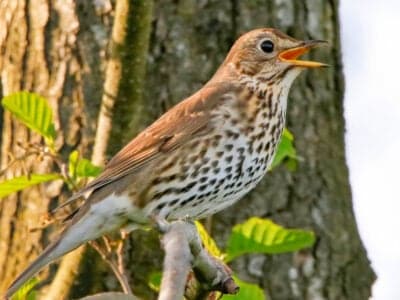
Song Thrush
A male song thrush can have over 100 phrases in his repertoire of songs and can imitate pet birds, telephones and other man-made objects.

Spadefoot Toad
They spend most of their time underground!

Sparrow
There are 140 different species!

Squirrel
Small rodents found in woodlands worldwide!

Stick Insect
There are more than 3,000 different species!

Stoat
Average adults weigh about 200 grams!

Swan
Populations have been affected by pollution!
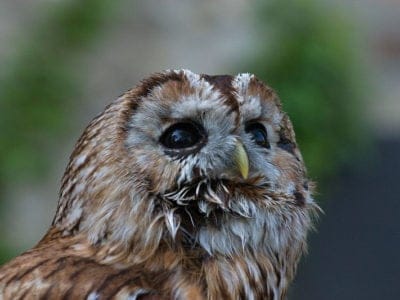
Tawny Owl
The most widespread owl in Europe!

Termite
Their mounds can be up to 9 meters tall!

Thornback Ray
The skate with the biggest spines!

Tiger Beetle
The adult tiger beetle is one of the fastest land insects in the world
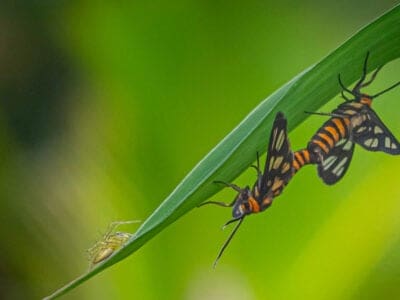
Tiger Moth
The bright colors of this moth are a signal to predators that it has a terrible taste.

Tree Frog
Found in warmer jungles and forests!

Turtles
Some species of aquatic turtles can get up to 70 percent of their oxygen through their butt.

Viper
Vipers are one of the most widespread groups of snakes and inhabit most

Vulture
There are 30 different species worldwide!

Wasp
There are around 75,000 recognised species!

Water Buffalo
Has been domesticated for thousands of years!
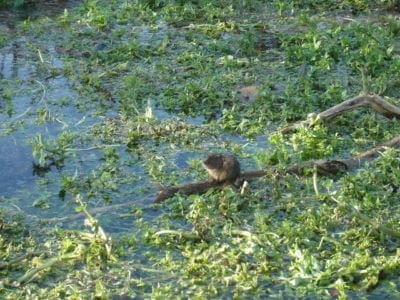
Water Vole
The largest Vole species in the UK!

Weasel
The smallest carnivorous mammal in the world!
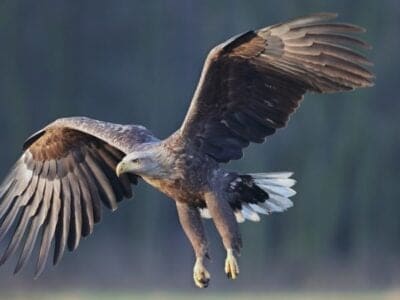
White-Tailed Eagle
It is one of the biggest birds of prey.

Whiting
"Whiting" can refer to certain other species of ray-finned fish

Wolf
Thought to date back more than 300,000 years!

Wolf Spider
Carnivorous arachnid that hunts its prey.

Woodlouse
This animal can roll up into a ball

Woodpecker
There are 200 different species!

Worm
Doesn’t have eyes.
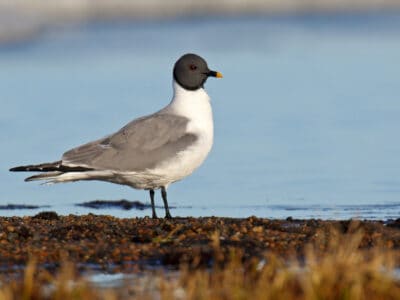
Xeme (Sabine’s Gull)
They follow after seals and whales to eat their scraps.
Icelandic Animals List
- Admiral Butterfly
- Ant
- Arctic Char
- Arctic Fox
- Armyworm
- Atlantic Cod
- Aurochs
- Badger
- Barn Owl
- Bat
- Bed Bugs
- Bee
- Beetle
- Bird
- Biscuit Beetle
- Black Widow Spider
- Brown Dog Tick
- Bumblebee
- Butterfly
- Camel Cricket
- Caribou
- Cat
- Caterpillar
- Catfish
- Centipede
- Chamois
- Chicken
- Cockroach
- Codling Moth
- Common Buzzard
- Common Furniture Beetle
- Common House Spider
- Common Loon
- Cormorant
- Cow
- Crab
- Crab Spider
- Crane
- Cuckoo
- Deer
- Dog
- Dog Tick
- Donkey
- Dormouse
- Dragonfly
- Duck
- Eagle
- Earthworm
- Earwig
- Edible Frog
- Eel
- Eider
- European Goldfinch
- Falcon
- Ferret
- Firefly
- Flea
- Fly
- Flying Squirrel
- Fox
- Frog
- Fruit Fly
- German Cockroach
- Giant House Spider
- Glass Lizard
- Glowworm
- Goat
- Golden Oriole
- Goose
- Grasshopper
- Gypsy Moth
- Hamster
- Harbor Porpoise
- Hare
- Hawk Moth Caterpillar
- Hedgehog
- Heron
- Highland Cattle
- Honey Bee
- Hoopoe
- Horse
- Horsefly
- Housefly
- Human
- Icelandic Sheepdog
- Insects
- Jumping Spider
- King Eider
- Kingfisher
- Ladybug
- Leech
- Lemming
- Lizard
- Long-Eared Owl
- Long-Tailed Tit
- Magpie
- Marsh Frog
- Mayfly
- Mealybug
- Merganser
- Millipede
- Mole
- Mongrel
- Moorhen
- Moose
- Mosquito
- Moth
- Mouse
- Mule
- Neanderthal
- Nematode
- Newt
- Nightingale
- Northern Pintail
- Orb Weaver
- Osprey
- Otter
- Owl
- Pheasant
- Pig
- Pigeon
- Pika
- Pike Fish
- Pond Skater
- Pool Frog
- Porcupine
- Puffin
- Purple Emperor Butterfly
- Puss Moth
- Quail
- Rabbit
- Raccoon
- Raccoon Dog
- Rat
- Reindeer
- River Turtle
- Robin
- Rodents
- Rooster
- Salamander
- Sand Crab
- Scorpion
- Sea Eagle
- Seahorse
- Sheep
- Short-Eared Owl
- Shrew
- Shrimp
- Skink Lizard
- Slow Worm
- Smokybrown Cockroach
- Snail
- Snake
- Snowy Owl
- Song Thrush
- Spadefoot Toad
- Sparrow
- Squirrel
- Stick Insect
- Stoat
- Swallowtail Butterfly
- Swan
- Tawny Owl
- Termite
- Thornback Ray
- Tiger Beetle
- Tiger Moth
- Tree Frog
- Turtles
- Viper
- Vulture
- Wasp
- Water Buffalo
- Water Vole
- Weasel
- White-Tailed Eagle
- Whiting
- Wolf
- Wolf Spider
- Woodlouse
- Woodpecker
- Worm
- Xeme (Sabine’s Gull)





